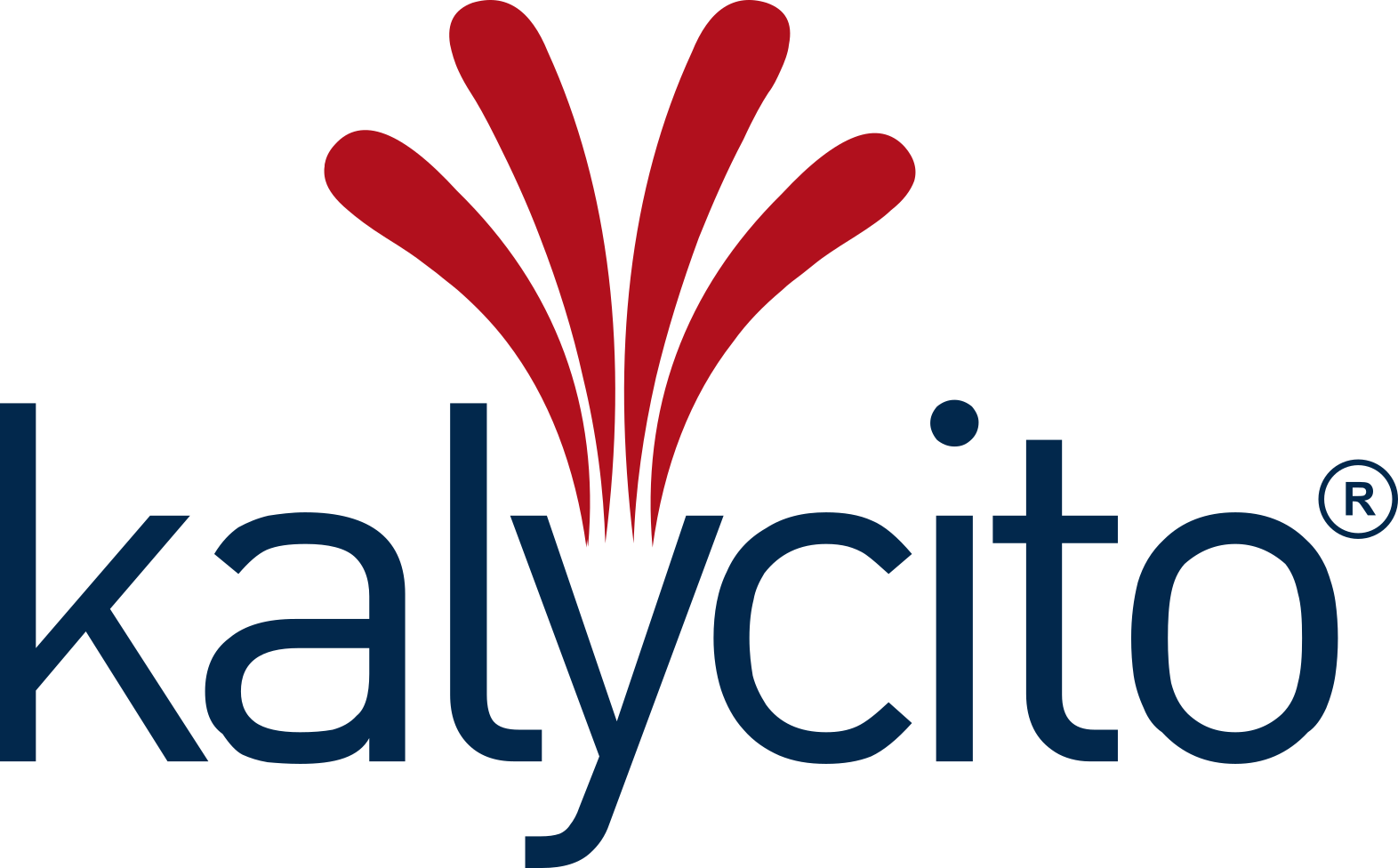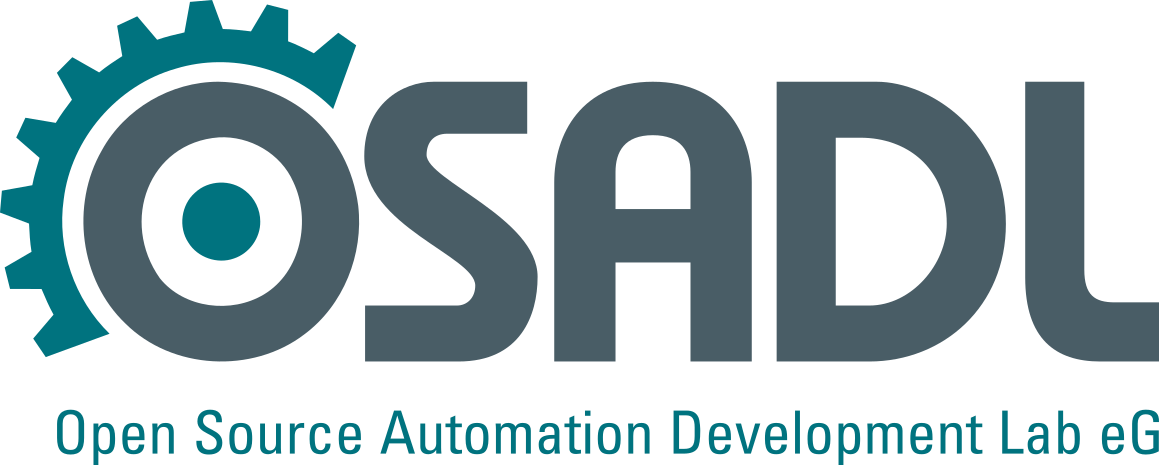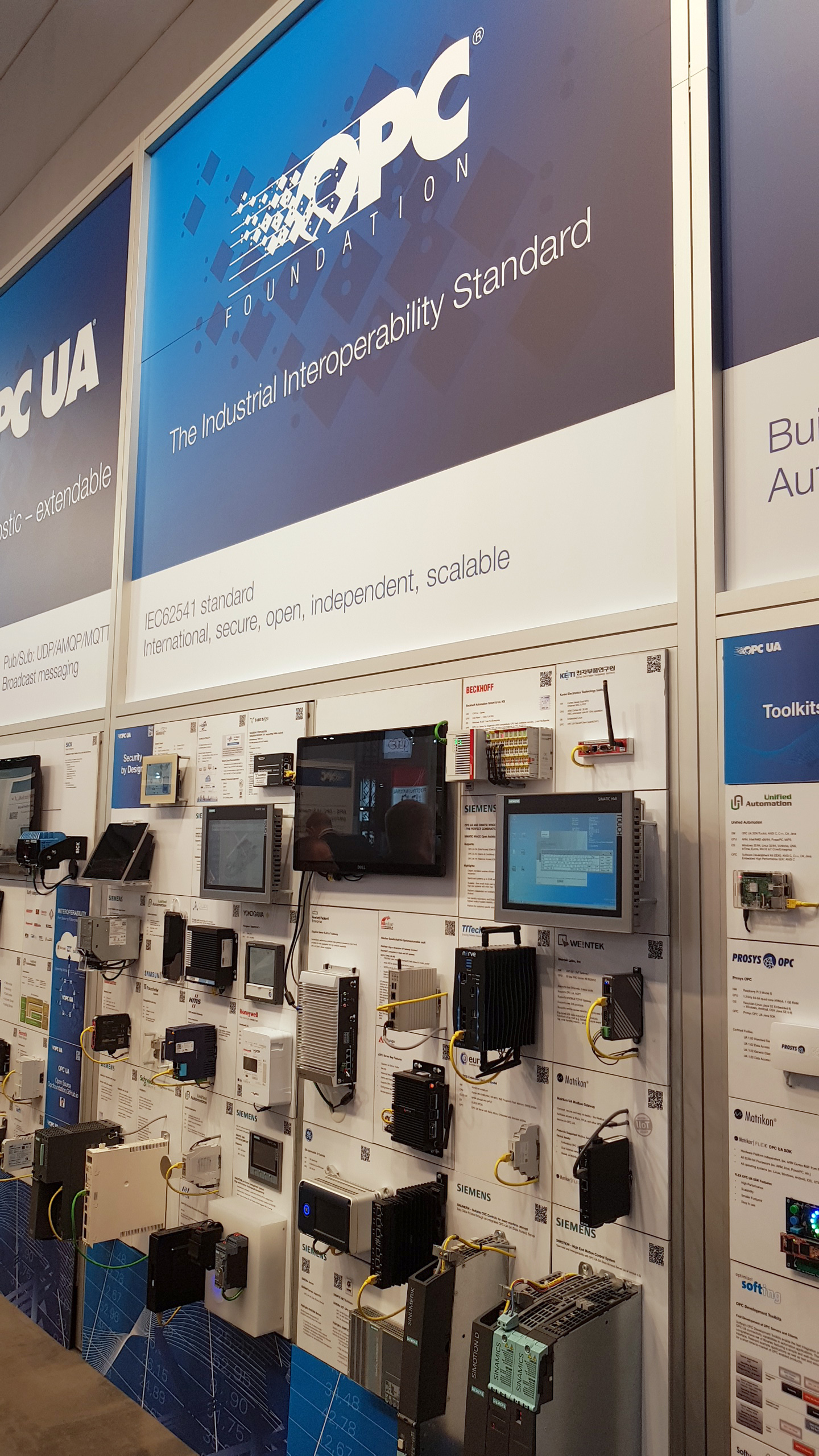open62541: Open source OPC UA stack suitable for embedded systems officially approved
open62541 is the only open implementation of OPC UA, the world language of machine-to-machine communication, programmed entirely in C. Thus, the software, which was developed in essential parts at the Fraunhofer Institute for Optronics, Systems Engineering and Image Exploitation IOSB in Karlsruhe, is extremely resource-saving and runs on any kind of hardware from small embedded systems to large production plants. Now open62541 has received the decisive seal of approval: The OPC Foundation has just announced the official certifiability of OPC UA servers based on version 1.0 of the open OPC UA stack.
OPC UA, the Open Platform Communications Unified Architecture, is the open standard with which any type of machine can communicate with each other in an industrial context. Individual sensors up to complete production lines, power plants or oil platforms are mapped in a server-side information model and controlled by client software. This enables data exchange, intelligent data evaluation and process control. As a manufacturer-independent standard, OPC UA is considered a basic technology for Industry 4.0 applications. OPC UA is published, further developed and managed by the OPC Foundation based in the USA.
open62541 is an open-source implementation of the OPC UA communication protocol, which is driven by Fraunhofer IOSB together with the Indian system integrator Kalycito and the Open Source Automation Development Lab (OSADL). The software library is written in the C programming language, more precisely in the common subset of C99 and C++98.
Suitable for any hardware
"This means that the software can be used with all common compilers and is so resource-saving that it runs on any conceivable hardware. It enables both dedicated OPC UA servers to be set up and OPC UA-based communication to be integrated into existing applications," explains Dr. Julius Pfrommer, group leader for Cyberphysical Distributed Systems in the Information Management and Control Technology (ILT) department at Fraunhofer IOSB and the leading software architect behind open62541. Bhagath Singh Karunakaran, founder and CEO of Kalycito Infotech Private Ltd. adds: "We strongly believe that the open source development model is ideally suited for basic technologies such as operating systems and communication and will lead to better results faster. It avoids unnecessary parallel developments and ensures a rapid spread of innovative software solutions".
IN COOPERATION WITH



The certification was carried out using a representative example server based on open62541. The certified scope includes the 'Micro Embedded Device Server' profile, which additionally supports subscriptions, method calls and encryption. In addition, open62541 version 1.0 also supports communication according to the OPC UA Publisher/Subscriber model, so that asynchronous communication with several participants is also possible. However, OPC UA Pub/Sub is not yet officially certified by the OPC Foundation.
The software is licensed under the Mozilla Public License v2.0 (MPL-2.0). Therefore the open62541 library may be linked and distributed with proprietary software. Only further developments of the open62541 library itself have to be licensed under MPL-2.0 when redistributed.
The current developments were made possible by an OSADL Community Project, in which the following companies are involved:
Balluff GmbH
Heidelberger Druckmaschinen AG
Intel Corporation
iss innovative software services GmbH
Linutronix GmbH
Nestfield Co., Ltd
Pepperl+Fuchs AG
Pilz GmbH & Co. KG
Sick AG
Siemens AG
TQ-Systems GmbH
WIKA Mobile Control GmbH & Co. KG
Consistent real-time Ethernet solution planned
Dr. Carsten Emde, Managing Director of the Open Source Automation Development Lab (OSADL) eG, thanks the participating companies for their financial support, without which the project would not have come about.
At the same time, he points out that with this certification, the project is by no means complete, but that the development continues - among other things, towards an integrated and freely available solution for real-time Ethernet via connection to TSN. For this, he welcomes further interested companies: "The more companies participate in the project, the more powerful and versatile components can be developed and contributed. The project is designed in such a way that companies can join at any time even after the project has started, and therefore we would like to take this opportunity to motivate other interested companies to participate".
Last modified:
 Fraunhofer Institute of Optronics, System Technologies and Image Exploitation IOSB
Fraunhofer Institute of Optronics, System Technologies and Image Exploitation IOSB